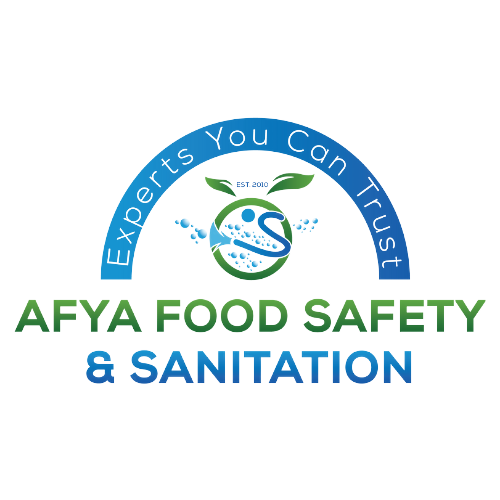
Please Wait For Loading

Please Wait For Loading
Maryland, MD USA
+1 (443) 666-9132
info@afyafoodsafety.com
Opening Hours: 9:00 AM - 5:00 PM
Copyright ©Afya Food Safety all rights reserved.
You can also reach us via Phone: +1 443 666 9132 or via Email:info@afyafoodsafety.com
4 Solutions To Combat Antibiotic Resistance in Food Production
Addressing antibiotic resistance requires a multi-faceted approach involving governments, farmers, food producers, and consumers. Here are key measures to reduce the spread of resistant bacteria:
1. Reducing the Use of Antibiotics in Food-Producing Animals
Farmers and food producers should minimize antibiotic use in animal husbandry. Instead of using antibiotics to promote growth or prevent diseases, better management practices should be adopted, including improved sanitation, nutrition, and vaccination programs.
2. Implementing Strict Regulations on Antibiotic Use
Governments and health organizations must enforce policies to regulate antibiotic use in agriculture. Countries should:
– Ban the non-therapeutic use of antibiotics in animals.
– Monitor and control antibiotic sales to prevent overuse.
– Implement traceability systems to track antibiotic usage in food production.
3. Encouraging Alternative Disease Prevention Methods
Farmers should explore non-antibiotic alternatives to maintain animal health, such as:
– Probiotics and Prebiotics – Natural supplements that enhance gut health and immunity.
– Vaccination Programs – Protecting livestock from infections without the need for antibiotics.
– Improved Farm Hygiene – Reducing the risk of infections through proper sanitation and biosecurity measures.
4. Raising Awareness About Antibiotic Resistance
Educating farmers, food producers, veterinarians, and consumers about the dangers of antibiotic resistance is crucial. Awareness campaigns should focus on:
– Safe food handling practices to prevent bacterial transmission.
– The risks of overusing antibiotics in livestock.
– The importance of responsible antibiotic usage.
What Can Consumers Do to Protect Themselves?
Consumers play a role in reducing antibiotic resistance by making informed food choices and practicing proper food safety measures. Here’s how:
– Choose Antibiotic-Free Meat and Dairy Products – Look for labels such as “No Antibiotics Ever” or “Raised Without Antibiotics.”
– Cook Meat Thoroughly – Cooking at safe temperatures kills bacteria, reducing the risk of infection.
– Practice Good Hygiene – Wash hands, utensils, and surfaces after handling raw meat to prevent cross-contamination.
– Support Policy Changes – Advocate for stricter antibiotic regulations in food production by supporting policies that promote sustainable farming practices.
Conclusion
Antibiotic resistance is a significant food safety challenge that requires urgent action. Overusing antibiotics in livestock production contributes to the spread of resistant bacteria, making human infections harder to treat. By reducing antibiotic use in agriculture, enforcing stricter regulations, promoting alternative disease prevention methods, and raising awareness, we can mitigate the risks associated with antibiotic resistance. Consumers also have a role to play by making informed choices and practicing proper food safety measures. Addressing this issue now will help preserve the effectiveness of antibiotics for future generations and ensure a safer food supply.
Related Posts
Categories
4 Solutions To Combat Antibiotic Resistance in Food Production
April 30, 2025Antibiotic Resistance: A Growing Threat to Food Safety
April 17, 2025Calender